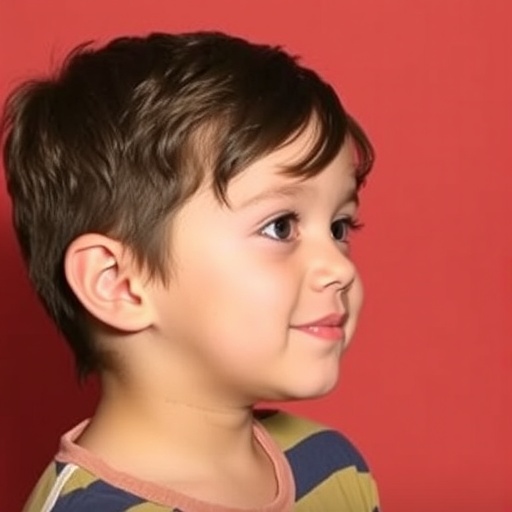USC Viterbi School of Engineering faculty teams were the recipients of three different 2017 Multidisciplinary University Research Initiative grants (MURI) from the Department of Defense. Research teams from USC Viterbi's Department of Computer Science, the Ming Hsieh Department of Electrical Engineering, and the Mork Family Department of Chemical Engineering and Materials Sciences will work on a range of research topics, from preventing cyber attacks, to advancing quantum computing, and to the development of improved polymers for energy use and storage.
The following are the three MURI centers:
"Cyber Deception through Active Leverage of Adversaries' Cognition Process"
Milind Tambe, Helen N. and Emmett H. Jones Professor in Engineering at the University of Southern California and co-founder of USC's Center for Artificial Intelligence in Society (CAIS), will lead a new MURI on cybersecurity, to combat what researchers have identified as increasingly dangerous cyber threats. To do so, Tambe and a team of researchers from Carnegie Mellon University, Arizona State University, University of Texas (El Paso), University of North Carolina (Chapel Hill) and North Carolina State University will employ "Cyber Inception," a new approach to cyber attacks. The interdisciplinary approach will leverage research in cognitive modeling, computational game theory, and computer systems to advance innovation in security. Using a multi-pronged approach, the researchers will create a mathematical framework for modeling defenders and attackers in a cyber security environment, create cognitive models of decision-making by attackers and develop prototypes for multi-layered environments that can monitor attacks and develop environments in which it will be impossible for attackers to know what is real and what is deceptive.
Tambe will be the Principal Investigator on this MURI grant, which received a total of $ 6.2 million in funding. His expertise in security games, multi-agent teamwork, and distributed constraint optimization has been deployed by the US Coast Guard, the Federal Air Marshal Service, and by police departments and airports in Los Angeles County. Tambe's work has also been utilized by wildlife security organizations. Tambe co-directs the USC Center on AI for Social Good.
"The Foundations of Interactive Protocols for Quantum Computation and Communications"
Ben Reichardt, associate professor of Electrical Engineering-Systems at USC Viterbi will spearhead a USC effort to this MURI, through a $1.2 million subcontract on quantum computing. The MURI, led by Caltech, will work on developing scalable protocols to test, control and enable the secure, reliable use of arbitrary quantum devices. This research will develop practical and rigorous techniques for certifying devices with more than 10-20 qubits in both single devices and two or more entangled devices.
"Physics, Chemistry and Mechanics of Polymer Dielectric Breakdowns"
Priya Vashishta, Dean's Professor in the Mork Family Department of Chemical Engineering and Materials Science at USC Viterbi and director of the Collaboratory for Advanced Computing and Simulations; Rajiv Kalia, Professor of Physics and Astronomy Computer Science, Chemical engineering, and Materials Science; and Aiichiro Nakano, Professor of Computer Science, Physics and Astronomy and Chemical Engineering and Materials Science, will support a MURI effort with a $1 million subcontract to understand how polymers can be better tailored to support electric power needs and energy storage. This MURI will be led by the University of Connecticut, with collaborators from Stanford, Purdue and USC. It will seek to understand how to limit degradation of polymers that function as dielectrics (which serve as both insulators and capable of charges within electric power grids). This project will focus on the creation of filed-degraded model materials, multi-scale characterization and modeling, and breakdown phenomenology and complexity.
The USC investigators will use Non-Adiabatic Quantum Molecular Dynamics Methods to investigate the role of excited electronic states that can be created as a result of large electric fields. Quantum Molecular Dynamics simulations will also be used to explain experimental observations of the creation of excited states and monitor how the energy generated during the electron-hole recombination process can cause bond cleavage and defect formation that result in dielectric breakdown of the material.
###
About the USC Viterbi School of Engineering
Engineering Studies began at the University of Southern California in 1905. Nearly a century later, the Viterbi School of Engineering received a naming gift in 2004 from alumnus Andrew J. Viterbi, inventor of the Viterbi algorithm that is now key to cell phone technology and numerous data applications. Consistently ranked among the top graduate programs in the world, the school enrolls more than 6,500 undergraduate and graduate students, taught by 185 tenured and tenure-track faculty, with 75 endowed chairs and professorships. http://viterbi.usc.edu/
Media Contact
Amy Blumenthal
[email protected]
917-710-1897
@USC
############
Story Source: Materials provided by Scienmag




